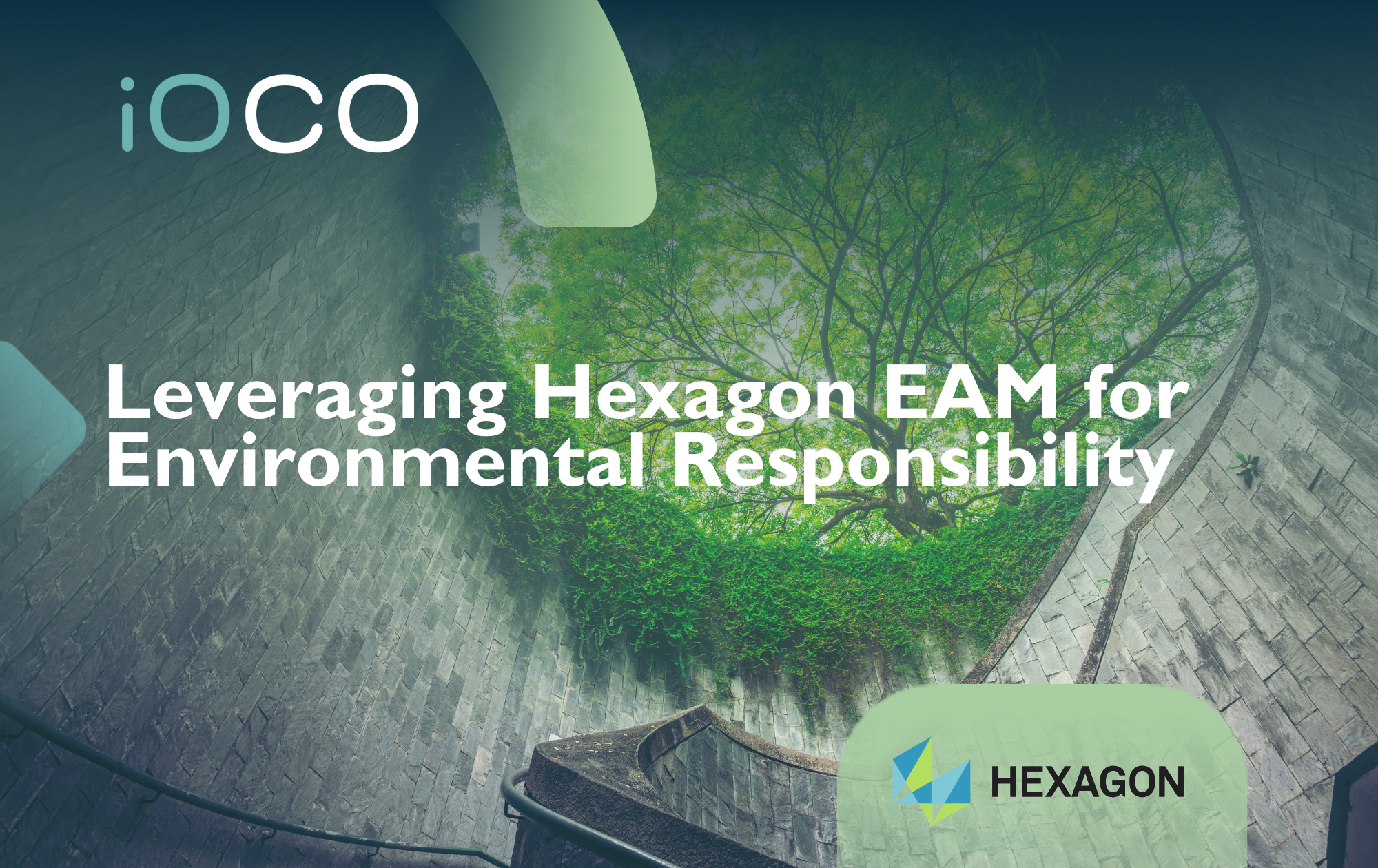In today’s world, sustainability has become a cornerstone of corporate responsibility. Companies recognize the need to integrate sustainable practices into their operations to reduce environmental impact and meet regulatory requirements.
Hexagon’s Enterprise Asset Management (EAM) solutions play a pivotal role in helping organizations achieve sustainability goals by optimizing resource usage, reducing waste, and enhancing energy efficiency.
Optimizing Resource Usage
Effective asset management optimizes resource usage. Hexagon EAM provides comprehensive tools for tracking and managing assets throughout their lifecycle. By leveraging real-time data and advanced analytics, organizations make informed decisions about asset maintenance, repair, and replacement. This ensures assets are utilized to their fullest potential, minimizing the need for added resources and reducing the overall environmental footprint.
Predictive maintenance powered by AI and IoT sensors allows companies to identify potential issues before escalation, extending asset lifespan and preventing unnecessary resource consumption associated with reactive maintenance.
Reducing Waste
Waste reduction is key to sustainable asset management. It is imperative that organisations implement efficient waste management strategies by providing visibility into asset performance and operational processes. Through detailed reporting and analytics, companies can identify areas where waste is generated and take corrective actions.
Beyond reporting and analytics, with Hexagon EAM there is also the capability of tracking spare parts and materials usage, optimising inventory levels and minimizing waste due to overstocking or obsolescence. By streamlining maintenance processes and scheduling, it helps reduce downtime and associated waste, contributing to sustainable operations.
Enhancing Energy Efficiency
Energy efficiency is critical for environmental responsibility. By analysing energy usage patterns and identifying inefficiencies, organizations implement targeted measures to reduce energy consumption and lower their carbon footprint.
Hexagon EAM integrates with energy management systems to provide real-time data on energy usage, enabling companies to track performance and identify opportunities for improvement, such as optimizing HVAC systems, lighting, and equipment operations for greater energy efficiency and cost savings.
Supporting Regulatory Compliance
Compliance with environmental regulations is essential for sustainable operations, and with Hexagon, organisations stay ahead of regulatory requirements by using tools for tracking and reporting on various environmental metrics, including emissions, waste generation, and energy consumption, ensuring compliance and avoiding penalties.
Hexagon EAM’s reporting capabilities also allow organizations to generate detailed compliance reports, demonstrating adherence to environmental standards and enhancing corporate reputation by showcasing a commitment to sustainability.
Conclusion
Sustainable asset management is vital for companies aiming to reduce environmental impact and meet sustainability goals. Hexagon EAM offers comprehensive solutions that optimize resource usage, reduce waste, enhance energy efficiency, and support regulatory compliance. By leveraging these advanced tools, organizations drive environmental responsibility while achieving operational excellence.
As the focus on sustainability grows, integrating Hexagon EAM into asset management practices will be crucial for companies committed to building a greener future. By harnessing technology, businesses can make significant strides towards sustainability, ensuring a positive impact on the environment and society.



